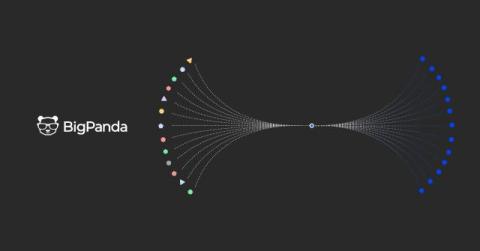Progress WhatsUp Gold 360 - Internet Connection Monitoring for Each of Your Remote Sites
It’s a story many network administrators dread: leaving the office on a Friday afternoon with everything running smoothly, only to return Monday morning to a nightmare of system-wide failure. If you’re a network administrator, you know the quiet comfort in logging off on Friday, satisfied that all servers are operational, backups are complete and the network is running efficiently. It’s the moment when you finally let out a sigh of relief, looking forward to a stress-free weekend.











